Recently, our factory finished producing a continuous charcoal carbonization furnace, which we shipped to Cuba to assist local customers in carbonizing and reusing rice husk resources.
The client in this partnership is a prominent agricultural waste treatment firm based in Cuba. This company focuses on transforming agricultural waste into valuable biomass energy products, aiming to decrease reliance on fossil fuels, minimize carbon emissions, and promote sustainable development.
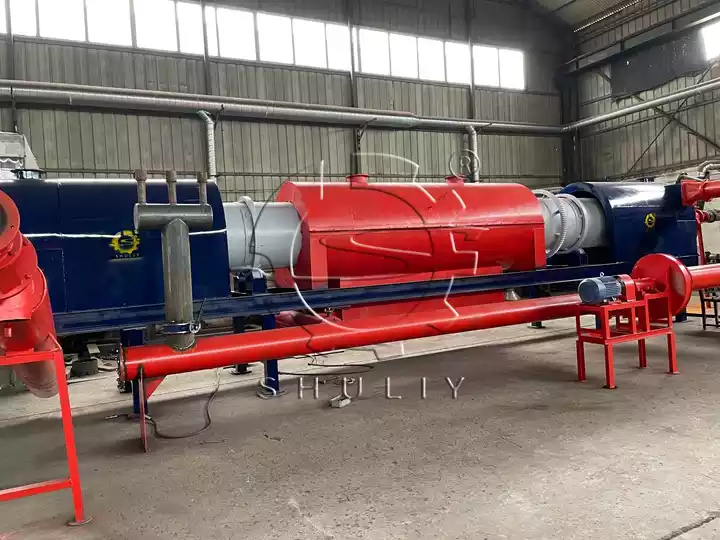
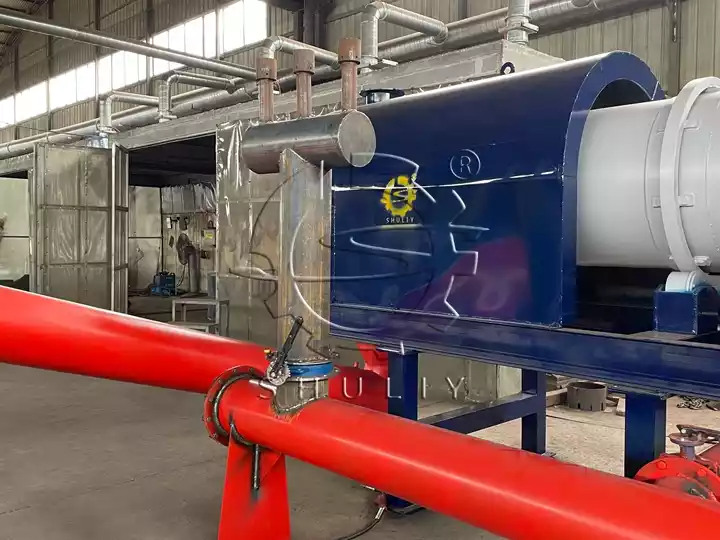
Customer background information
The client has strong connections and a wide-ranging network within the Cuban agricultural sector, focusing primarily on the collection, treatment, and reuse of agricultural waste.
Rice husk, which is the primary byproduct of rice processing, represents a large portion of Cuba’s agricultural waste. The customer has consistently sought an effective and eco-friendly method to process rice husk and convert it into biomass fuel that holds market value.
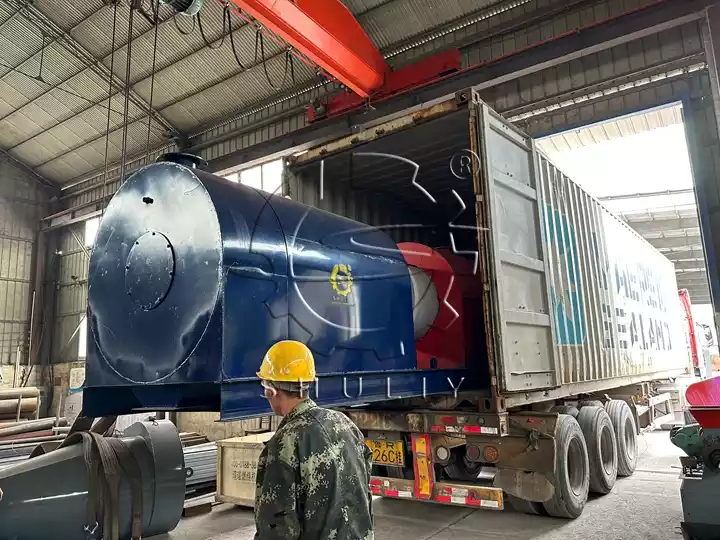
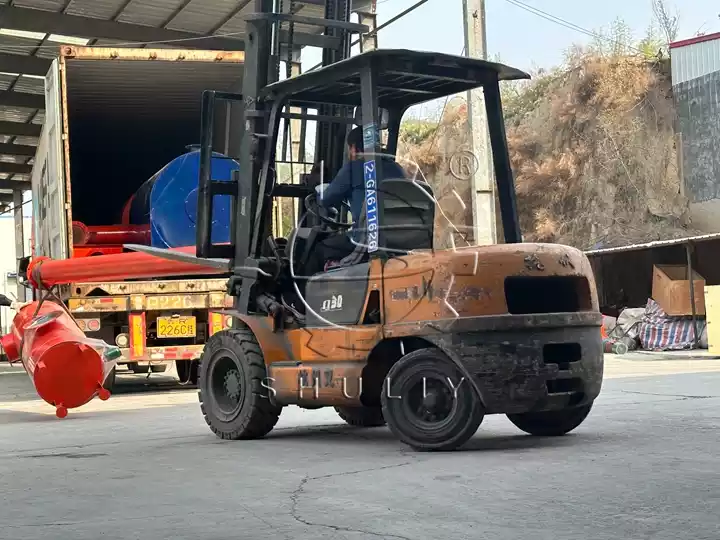
Continuous charcoal carbonization furnace delivery and installation site
After thorough quality checks and performance evaluations, the continuous charring furnace was meticulously packed and loaded onto a cargo ship bound for Cuba. Following several weeks at sea, the machine arrived at the Cuban port without any issues.
A team of engineers promptly traveled to Cuba to help with the installation of the furnace and to engage in detailed technical discussions and training. They provided comprehensive explanations of the working principles, operational methods, and maintenance procedures for the charcoal furnace, ensuring that the Cuban staff could effectively learn to operate the equipment on their own.
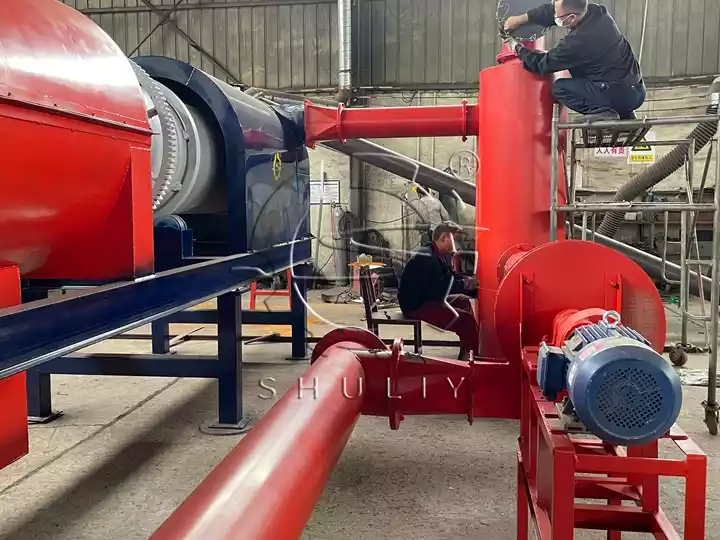
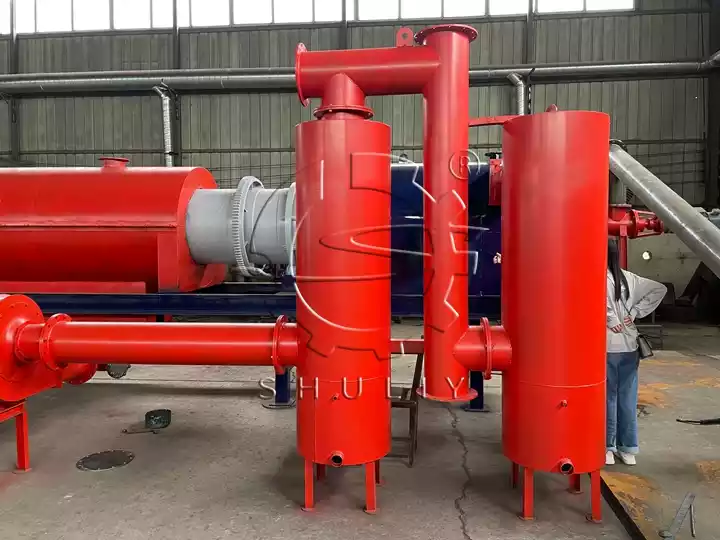
With the new continuous charcoal carbonization furnace now in operation, the customer can efficiently transform significant amounts of rice husks into premium charcoal for biomass fuel. This charcoal can be provided to both local industrial and residential sectors, and it can also be further refined into high-end products like activated charcoal, thereby optimizing the utilization of rice husk resources.

